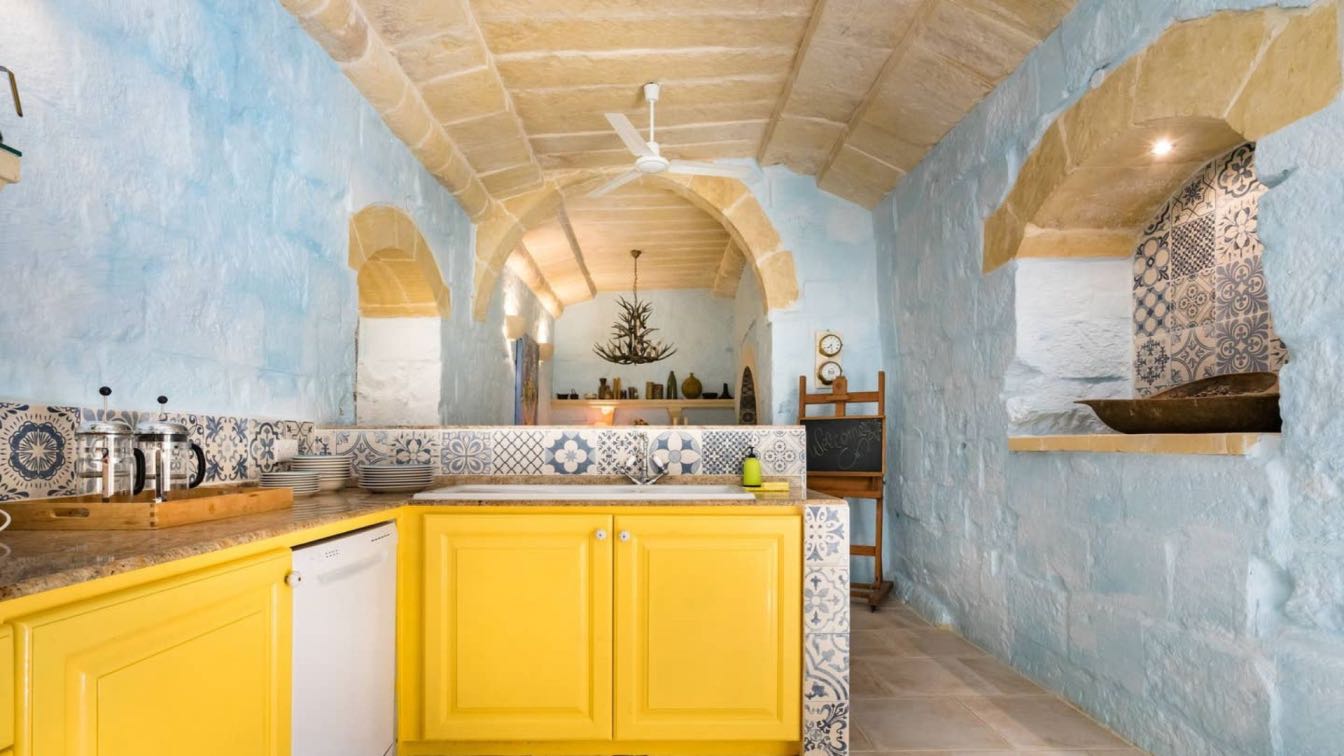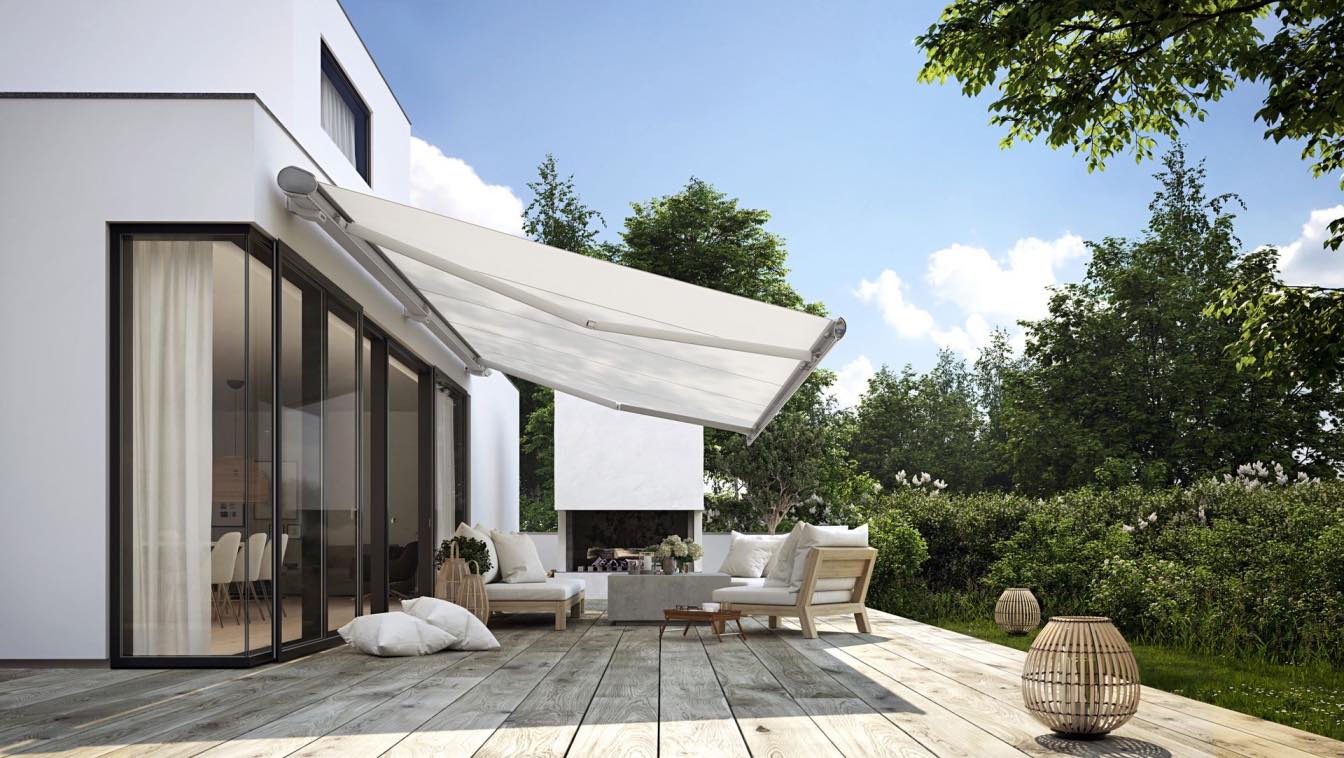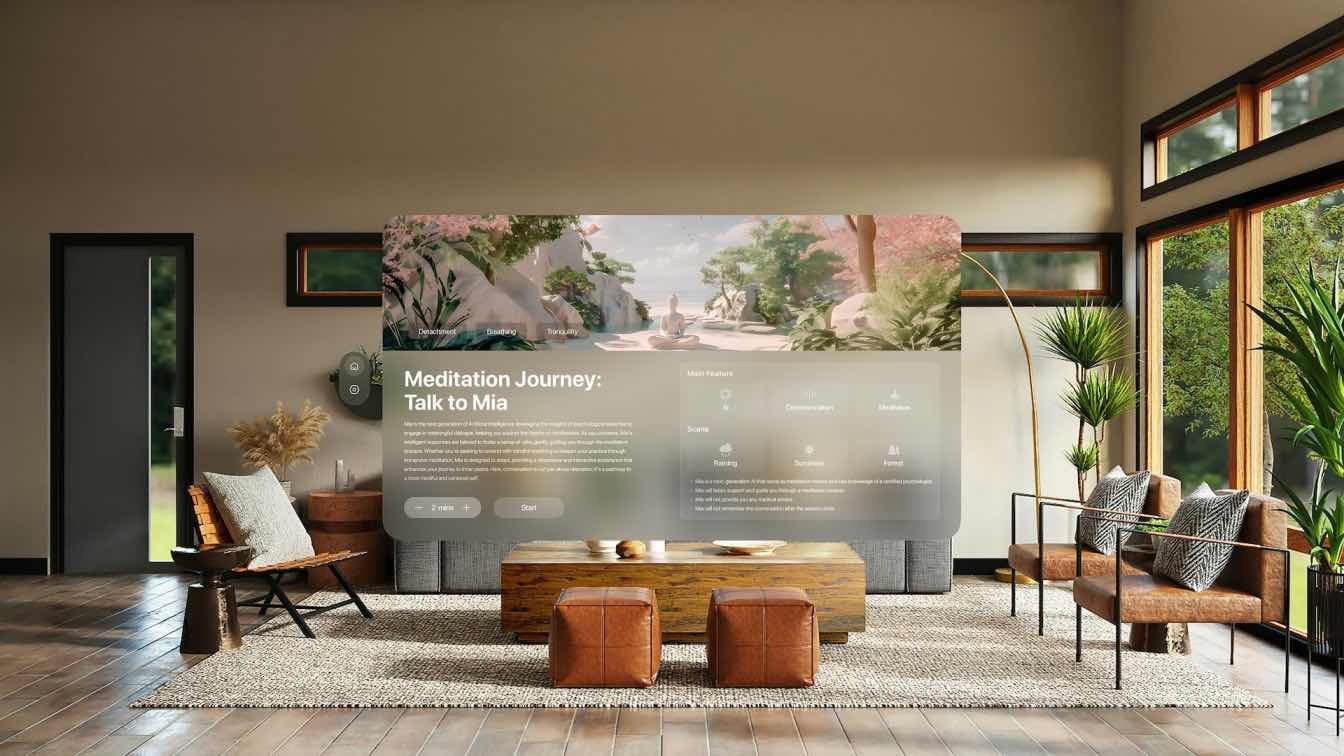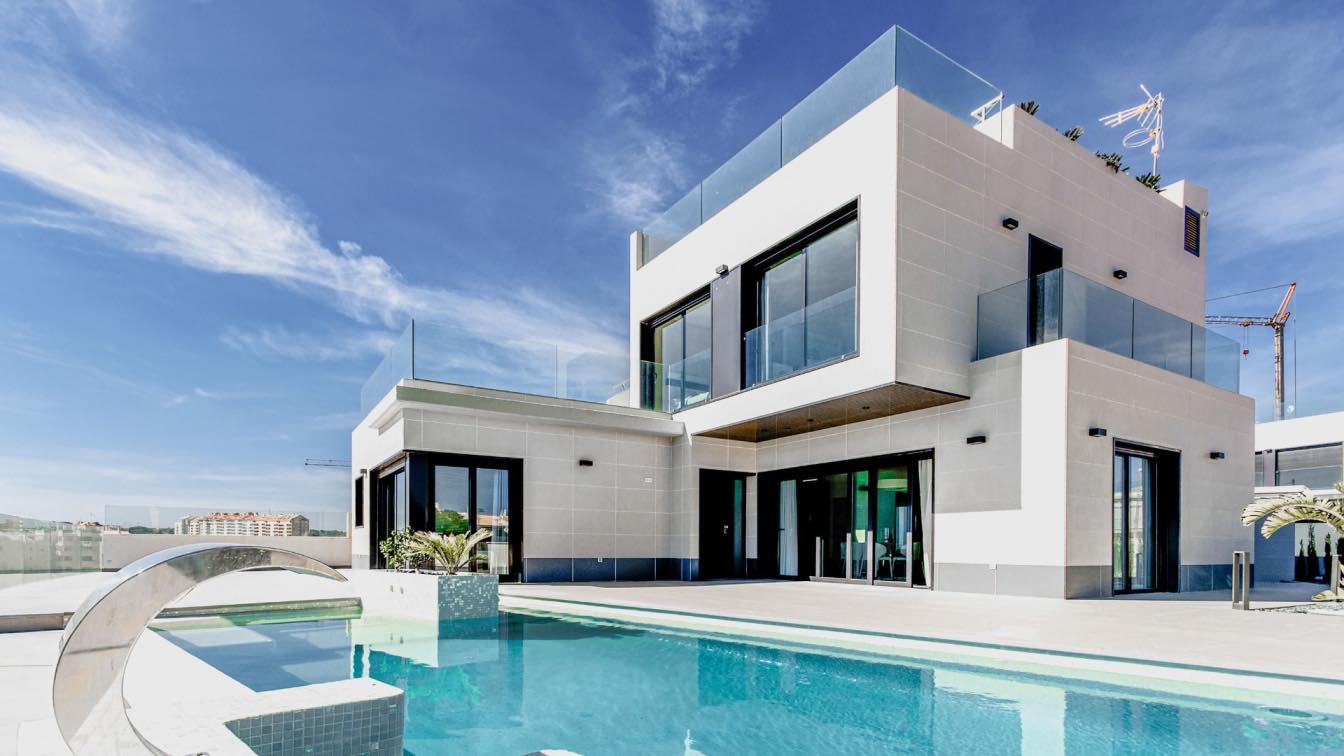Malta enjoys a robust history of cultural and architectural influences from around the globe. Drawn mainly from Sicilian, Arabic, and Baroque customs, these many influences can be enjoyed in Malta because of its geographical location, being at the crossroads of different historical Mediterranean civilisations, with some of the buildings being older than the Pyramids of Giza. Whether you are on the lookout for a new property or are just looking to add some Maltese influence to your interior, here are some of the notable features of traditional Maltese houses that the style is known for.
Truly Inspirational Tilework
One of the most unique features of Maltese townhouses is the distinctively patterned tiles. This tradition can be traced back to the Ottoman tradition of mosaic tiling and is considered one of the newer architectural adaptations to the area, being implemented in townhouses only around 300 years ago. Traditionally, the tiles are made by filling a sectioned cast with a mixture of pigment, marble dust, and cement as the face on the first layer of the tile. This is then covered with sand and cement to create the body of the tile. These tiles are laid in intricate patterns that convert a home floor into a work of art. If you are looking at property for sale in Malta, the quality of the tile work is an important aspect to take note of before you put any offers on the table.
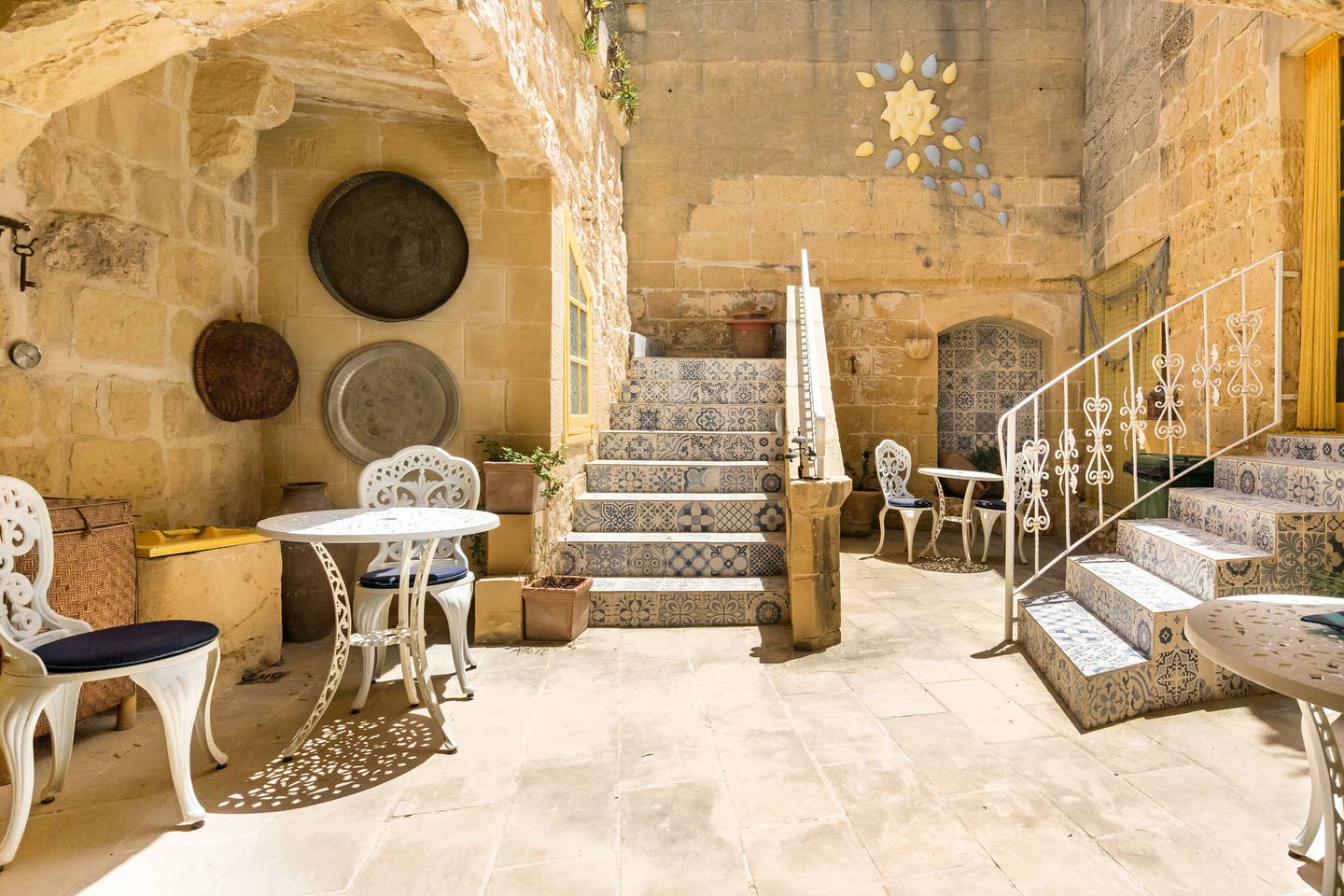 Diagon Alley farmhouse in San Lawrenz, Gozo, Malta by Fox Daniels. image © Diana Iskander
Diagon Alley farmhouse in San Lawrenz, Gozo, Malta by Fox Daniels. image © Diana Iskander
Bridging the Gap with a Balcony
The balconies of Malta are thought to be inspired by the Arab mashrabiya, which is a piece of architecture found in many Islamic homes that allows a woman to look outside without being seen by passers-by in the street. For this reason, the mashrabiya is often a small room tucked onto the end of the house, where it also serves to create a cross-breeze through the house and aids in airing out a home. Maltese balconies, or gallarija, project from upper levels of buildings and are fully enclosed in wood and glass. Like the eastern mashrabiya, gallarijas also provide cross-ventilation and a way for people to see out while staying unseen, making these balconies a unique union of Eastern and Western architecture.
Doors for All
The doors of Malta are each as unique as the inhabitants behind them. While modern doors come in a rich variety of colours and adornments, these doors were traditionally made from solid wood and had brass or iron features. Many of the doors in Malta still have their original metal parts, like the skudett (key-plate) and the serratura (keyhole), holding onto much of their authenticity and value. Traditionally, door knockers were a symbol of status and wealth and, in the past, wealthier families often displayed their success through the use of extravagant Baroque motifs, while less fortunate families had knockers that represented that family's legacy, often in relation to the ocean.
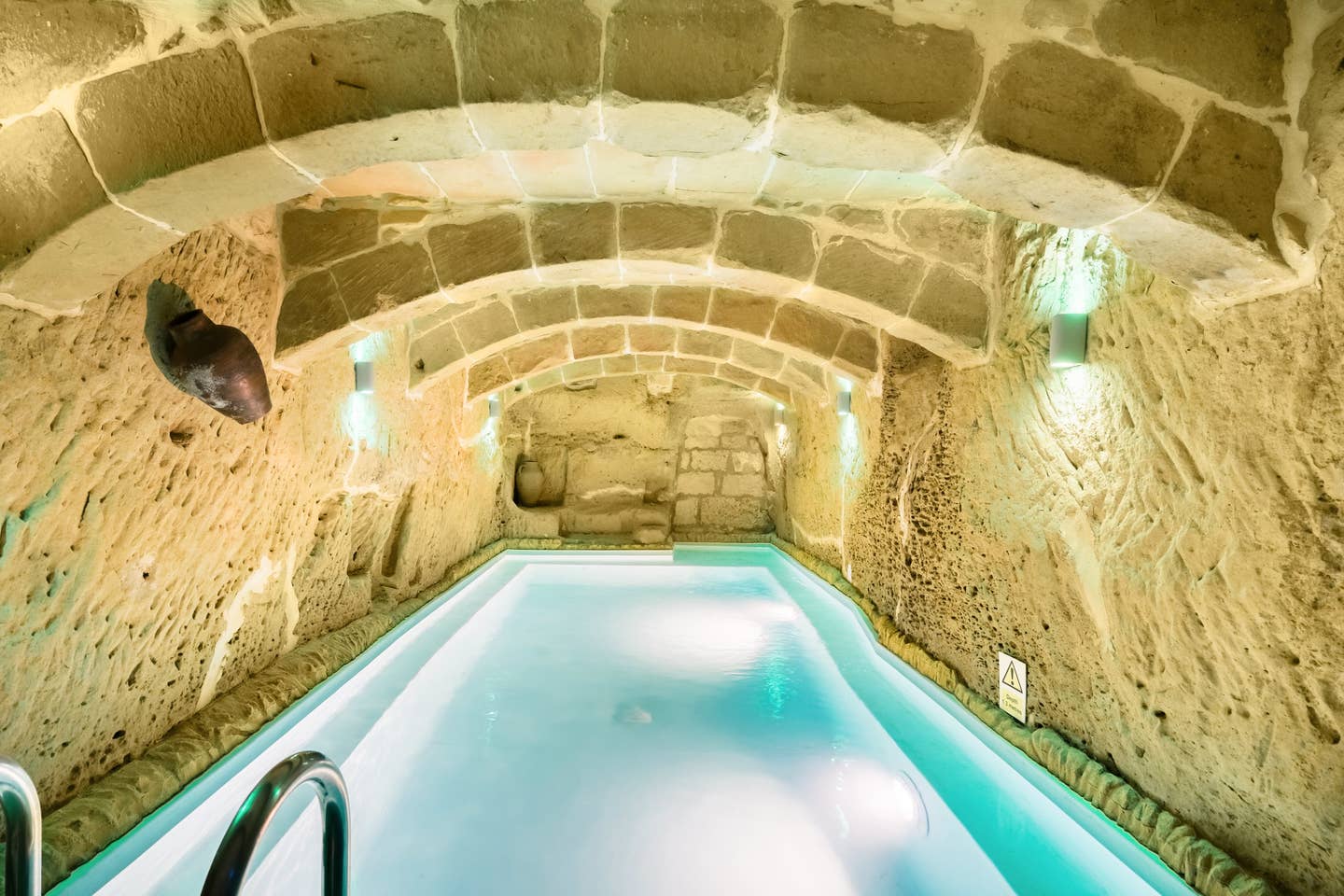 Diagon Alley farmhouse in San Lawrenz, Gozo, Malta by Fox Daniels. image © Diana Iskander
Diagon Alley farmhouse in San Lawrenz, Gozo, Malta by Fox Daniels. image © Diana Iskander
Distinctive Roofs and High Ceilings
Homes in Malta often feature distinctive roofs made of stone slabs (xorok tal-qasba) that are laid to rest across a ceiling on corbels, or load-bearing struts protruding from the top of the wall. Other roofs feature arches (or hnejiet) that support the stone slabs, with wooden or iron beams providing additional support to a very weighty ceiling. Maltese architecture places a lot of focus on the use of space in homes, and this is evident in the high ceilings of most houses, with the oldest being the best example of this. Using natural means to provide light and ventilation was the only option a few hundred years ago, so the higher a ceiling, the more ventilation and light could be brought to a room. Rooms with higher ceilings could also accommodate larger windows, which meant better light and ventilation.
Wells in Every Home
In the 1500s, the Knights of St. John took over in Malta. These knights passed a law that required all houses that were built to have an accessible well on the premises to ensure fresh water supply to all people. Surprisingly, this law remains in place today, so most houses in Malta feature a well in the backyard or courtyard, or even an indoor well that is tucked away inside a kitchen or cellar. Maltese wells are often covered with a large stone on top called a herza to stop people from accidentally falling in. These stones have a hole in the centre large enough for a bucket to pass through so that the stone doesn’t need to be removed with each use.
Limestone Walls and Flagstones
Limestone has long been one of Malta's most renowned natural resources, with its influence being felt quite heavily in the architecture of the region. The golden-hued stone was used in the construction of some of the most beautiful temples, churches, and chapels in Malta, where it not only adds decadence to the facade of the buildings, but its thick, robust, and adaptable properties are also well suited for Malta's climate. The oldest properties in Malta feature limestone flagstones in place of the painted tiles that became popular in recent centuries, so it is often easy to tell the age of the building based on which style they employ.
Maltese architecture is both distinct and beautiful, whether it is in Malta itself or recreated in homes around the world. And, because of its rich history and cultural influences, Malta and its homes feature a little something for every taste. With their bright doors and patterned tiles, high ceilings, and limestone facades, Maltese homes feel unique and full of character and are a must-see for any architectural aficionado.

